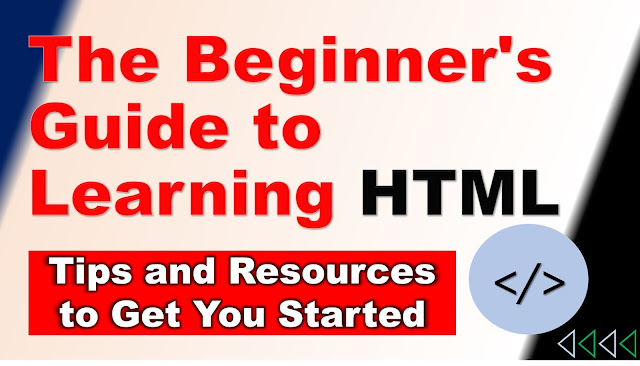If you're interested in web development, learning HTML (Hypertext Markup Language) is a great place to start. HTML is the foundation of every website and learning it will give you the skills you need to build your own web pages from scratch. In this article, we'll provide a beginner's guide to learning HTML and offer tips and resources to help you get started.
Why Learn HTML?
HTML is the building block of every website. It's the language used to create the structure and content of web pages. Understanding HTML will give you the ability to create and modify web pages, which can be a valuable skill in today's digital world.
Additionally, HTML is a relatively easy language to learn. It doesn't require any programming experience and the syntax is straightforward and easy to understand.
Getting Started with HTML
To get started with HTML, you'll need a text editor and a web browser. There are many text editors available, including free options like Notepad (Windows) and TextEdit (Mac). Web browsers like Google Chrome and Mozilla Firefox are also free and can be used to test your web pages.
Once you have your tools, the best way to learn HTML is through online tutorials and resources. There are many websites that offer free and paid courses on HTML, including Codecademy, Udemy, and W3Schools. These resources offer step-by-step tutorials, exercises, and quizzes to help you learn HTML at your own pace.
HTML Syntax and Tags
HTML uses a set of tags to define the structure and content of web pages. Tags are enclosed in angle brackets (< >) and are used to define headings, paragraphs, images, links, and other elements of a web page.
For example, the <h1> tag is used to define a main heading, while the <p> tag is used to define a paragraph. The <img> tag is used to add images to a web page, and the <a> tag is used to create hyperlinks.
Here are some common HTML tags to get you started:
1. <html> - Defines the HTML document
2. <head> - Defines information about the document
3. <title> - Defines the title of the document
4. <body> - Defines the body of the document
5. <h1> - Defines a main heading
6. <p> - Defines a paragraph
7. <img> - Defines an image
8. <a> - Defines a hyperlink
Best Practices for Learning HTML
To make the most of your HTML learning journey, it's important to follow these best practices:
1. Start with the basics - Learn the basic HTML syntax and tags before moving on to more advanced concepts.
2. Practice, practice, practice - Practice coding HTML by creating your own web pages and experimenting with different tags and attributes.
3. Use online resources - Take advantage of free online tutorials and resources to supplement your learning.
4. Join a community - Join online communities like forums and social media groups to connect with other web developers and get feedback on your work.
Conclusion
Learning HTML is a great first step towards a career in web development. With its straightforward syntax and endless possibilities, HTML is a fun and rewarding language to learn. By following these tips and utilizing the many free resources available online, you'll be well on your way to mastering HTML and creating your own web pages.

কোন মন্তব্য নেই:
একটি মন্তব্য পোস্ট করুন